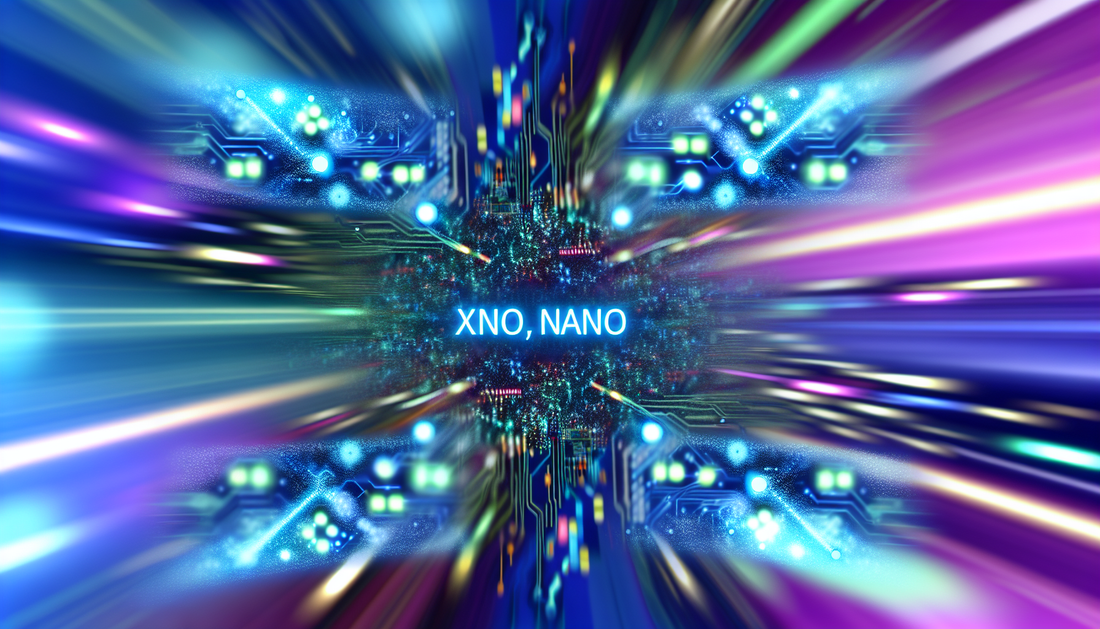
Unlocking Nano (XNO): Revolutionizing Digital Transactions
Share
Exploring the Use Cases of Nano (XNO)
Cryptocurrencies have continually revolutionized various industries, and Nano (XNO) is no exception. Known for its unique technology and decentralized protocol, Nano offers several interesting use cases that could reshape digital payments and more.
1. Instant and Fee-less Transactions
One of Nano's most touted features is its ability to provide instant and fee-less transactions. This makes Nano an ideal choice for microtransactions, where small amounts of currency need to be transferred without the burden of fees. This aspect is particularly appealing to digital content creators and online services that charge small fees, as they can receive the full amount of the payment without intermediaries taking a cut.
2. Remittances
Traditional remittance services often incur high fees and delays, which can be a significant burden for many users. Nano's fast and cost-free operations make it an attractive option for remittances, facilitating cross-border transactions efficiently. Users can send funds across the globe without worrying about exorbitant fees or waiting periods typically associated with conventional methods.
3. Merchant Payments
Merchants are increasingly interested in accepting cryptocurrency as a form of payment, and Nano provides them with a reliable and efficient means to do so. With transactions verified in seconds and no transaction fees, merchants can offer a better experience to customers wishing to pay with digital currency. This is particularly useful for online retailers or in regions where traditional credit card processing comes with high costs.
4. Financial Inclusion
By removing the barriers of entry typically associated with financial systems, Nano supports financial inclusion. Individuals without access to traditional banking services can still engage in the digital economy via Nano. This offers a gateway for underserved populations to store, send, and receive value securely.
5. Environmental Sustainability
Unlike cryptocurrencies requiring energy-intensive mining, Nano employs an environmentally friendly approach with its block-lattice architecture. Thus, it's attractive for businesses and users concerned about the environmental impact of blockchain technology, differentiating it from options that have significant carbon footprints.
6. Integrating with Decentralized Applications
As decentralized applications (dApps) continue to grow, the need for efficient and cost-effective transaction models becomes paramount. Nano can integrate with such applications to ensure fast, secure, and fee-less transactions, complementing the growth of decentralized finance (DeFi) ecosystems. Click here to explore more about blockchain governance for real-world applications.
